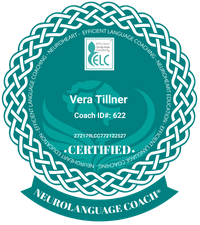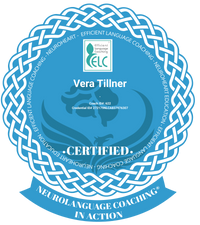Suchen
Kategorien
2025-06-10
How I Merged Linedance with Business English — And Why It Works
A few months ago, I was in a Linedance class — something I do regularly, both for fun and for focus. That evening, our instructor had to step out of the room briefly, and I happened to be the only one who knew the choreography for the next dance.
All eyes turned to me.
“Would you mind showing us the steps?”
I nodded. I knew them. And yet… the moment I became the center of attention, I froze. My mind went blank, my body disconnected from what it usually did with ease. I stumbled. I felt the heat rise to my face. It was only a few minutes, but in that moment, I felt like a complete fool.
But I kept going. I took a breath. I grounded myself. I moved. And soon enough, I was in the flow again — leading with calm, confidence, and rhythm.
That moment stayed with me. Not because I messed up — but because it reminded me how easy it is to lose access to what we know the moment we feel watched or judged. And how quickly we can recover with the right tools.
In my work with business professionals — from engineers to executives — I’ve seen this pattern again and again:
People know what to say. They know how to lead. But the second they step into a high-stakes situation — a pitch, a boardroom, a team meeting — something shifts.
Their voice tightens. Their fluency stumbles. Their confidence fades.
That’s not about a lack of skill. That’s about pressure, presence, and physiology.
And that’s why I started thinking more deeply about how Linedance — yes, Linedance — might support the way we show up in communication.
This isn’t about teaching people to dance. It’s about exploring how we can anchor communication in the body — where rhythm, breath, and expression begin.
Linedance is an intriguing tool for this because:
- It’s structured (like language)
- It’s rhythmic (like good communication)
- It’s accessible (no partner needed, low entry barrier)
- It creates group synchronicity (just like great teams)
Through movement, we may be able to foster:
- Cadence and clarity in speaking
- Leadership presence without domination
- Stress regulation before high-pressure moments
- Connection and confidence when language alone falls short
Since then, I’ve been thinking a lot about how movement — especially structured, rhythmic movement like Linedance — might support how we speak, lead, and connect in professional settings.
I’m not a dance instructor, and I’m not claiming to be. But I am someone who’s deeply interested in how communication works — not just in the mind, but in the body.
This moment in class reminded me that leadership, like Linedance, often requires presence, rhythm, and the willingness to keep going even when you stumble.
It’s a connection I’ll keep exploring — and a step I’ve taken that shifted how I see pressure, communication, and presence.
Admin - 20:33:46 | Kommentar hinzufügen








Keine neuen Kommentare